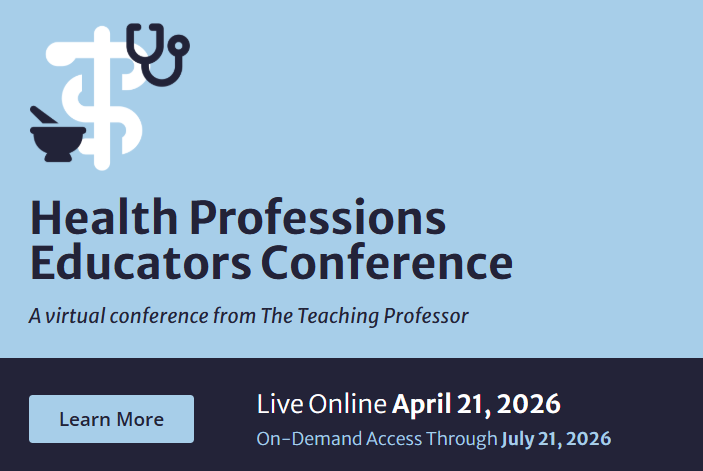The Process Approach to Online and Blended Learning
Nate Cottle, professor of human environmental sciences at the University of Central Oklahoma, uses the process approach to learning as delineated by William Horton (2006) in his online and blended courses. Cottle spoke to Online Classroom about using this model. “Learning isn’t something that has to be confined to the classroom, and so as I teach blended classes, I think the more I can involve the students in learning and the more contexts I can involve them in, the more they’re going to learn,” he said. “The idea is to get them to slowly digest the information in different ways and to engage in different activities so that by the time the course comes to an end, they can apply the knowledge they have learned. That’s the ultimate goal: to get them to be in a state where they can apply the knowledge.”



